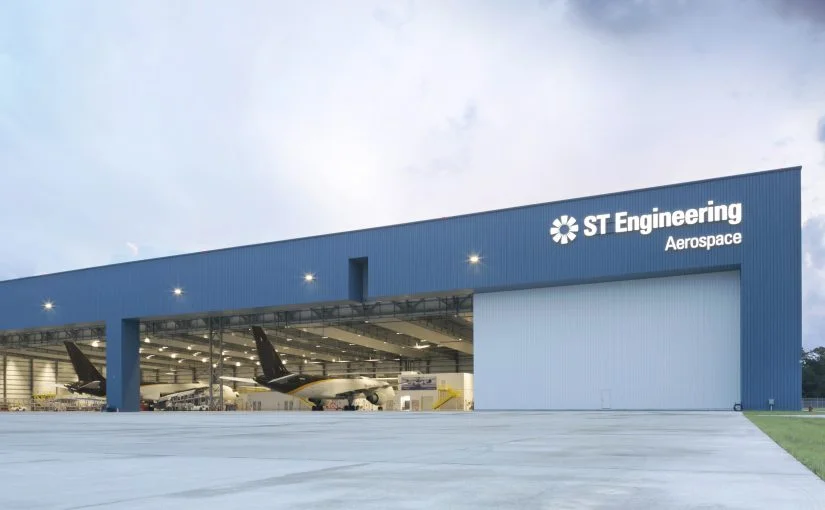
Key Trends to Watch in the Aviation Industry
Happy National Aviation Week! National Aviation Week (August 19-23) celebrates the legacy of aviation and is intended to increase awareness, knowledge, and appreciation of the industry. The week commemorates the birthday of Orville Wright – who, alongside his brother Wilbur Wright, is credited for producing the world’s first successful airplane.
Due to HPM’s experience with major players in the industry, the firm is on the forefront of innovation, and has outlined the following key trends to watch:
- Investment in facilities: Over the last several decades, enplanement (the number of passengers flying) has doubled every ten years. As a result, the industry continues to see significant investment in airport facilities, with millions of dollars in upgrades being made to parking areas, amenities and more. Airports are seeking to centralize business, improve the experience and create mini cities so that frequent flyers have everything they need to work, shop, dine and live in one place.
- Mobility & Technology: By 2030, 60% of the Earth’s population is projected to live in urban neighborhoods, causing increased congestion on roads and major thoroughfares. Because of this, airspace is the new frontier for travel. In the future, city commuters could have the option to board the CityAirbus to travel through urban airspace. Expect to see demand for UAVs rise as industries such as farming, construction, law enforcement and film continue to invest in drone technology and develop new uses for operations.
- Efficiency: The A320 has emerged as the darling of the industry. As airlines brace for a period of global economic uncertainty, right-sizing aircrafts is a priority. And, as intra-regional routes are expected to grow, airlines are refreshing their aging fleets with more cost-efficient, fuel-efficient and smaller aircrafts. Lightweight carbon fiber and composite materials are becoming a preferred alternative to previously used metals such as steel and iron. Manufacturers are seeing cost-savings in maintenance and replacement costs of carbon fiber components. In addition, the introduction of battery technology will result in hybrid engines – exactly how it’s used in automobiles today – allowing for more sustainable, efficient and quieter air travel.
A tight labor market and ever-evolving technology means aviation capital projects are becoming significantly more complicated, leading to a full-scale sprint among competitors to quickly identify and secure outsourced talent. Significant cost-savings from reduced change orders and overruns are further fueling the program management boom as more aerospace companies recognize the value third-party providers deliver.
“Aviation projects are extremely complex, and HPM’s business model of providing onsite, day-to-day program management is well-suited to fit the industry’s needs,” continues Austin. “Right now, the sky’s the limit for HPM. We look forward to this next chapter of growth and innovation for our firm.”
To learn more about HPM’s aviation projects and service offerings, visit: hpmleadership.com/aviation.

